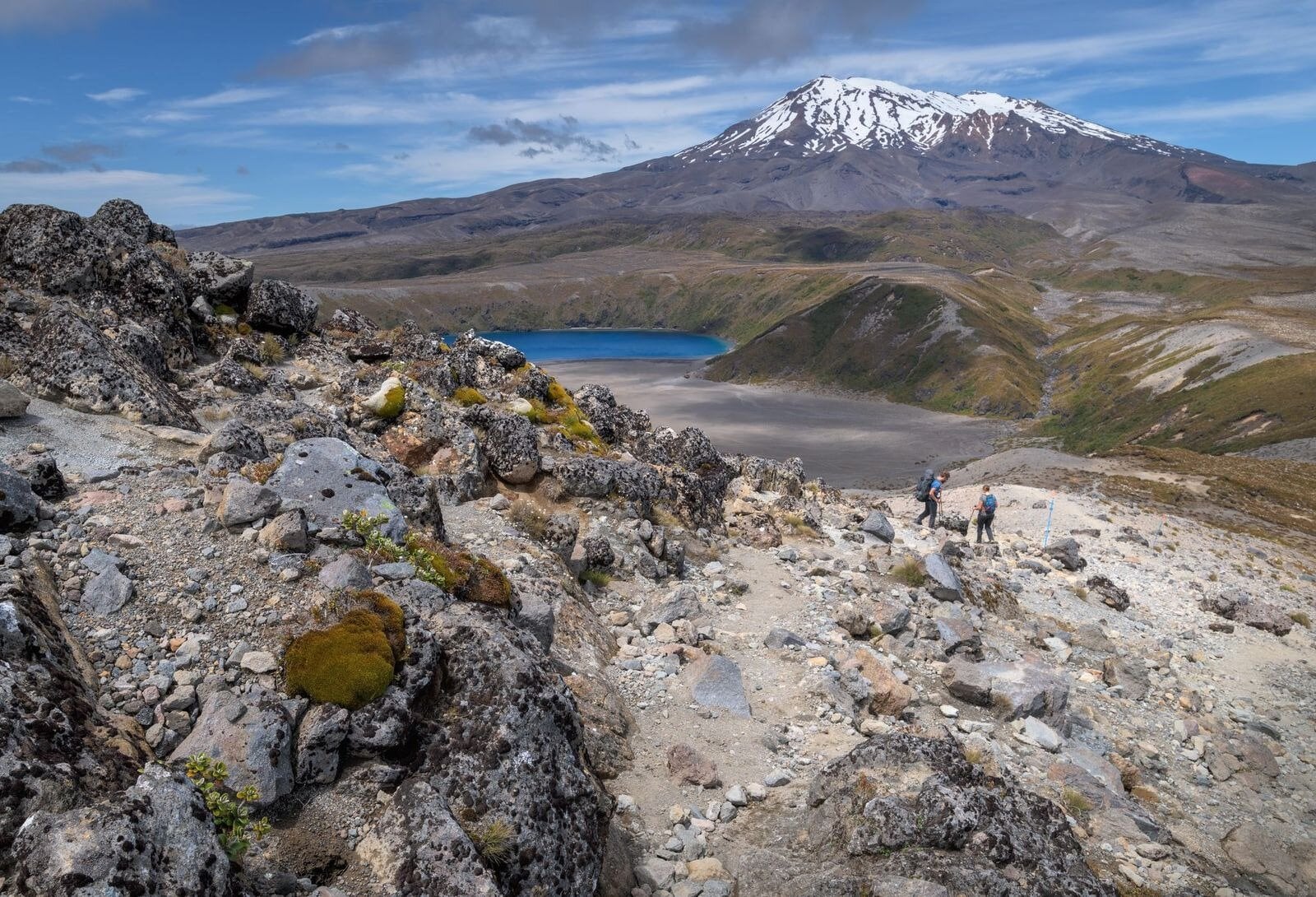NZ Mountain Safety Council is reminding backcountry skiers to take extra care when planning trips in early winter, following the coroner’s inquiry into a skiing accident on Mt Ruapehu in June 2022.
In her findings released last month, Coroner Katharine Greig concluded that 64-year-old Ian Malcolm Howat, from Wellington, fell in rocky terrain while skiing in icy snow conditions, sustaining a fatal chest injury.
An experienced skier and mountaineer, Howat was a long-time member of the Tararua Tramping Club and skied on Mt Ruapehu regularly.
On Friday, June 24, 2022, he and a fellow club member set out for Skyline Ridge above the Pinnacles, with Howat planning to ski his way down.
Although the route is within the Whakapapa Ski Field, the field had not yet opened for the season, so was considered a backcountry area.
The pair separated at Skyline Ridge, with Howat skiing down and his companion going on foot to the bottom of the ridge.
From there, they continued together to Delta Corner, where they separated again, with Howat intending to ski down to Tararua Tramping Club Lodge.
When Howat failed to arrive at the lodge, his companion called the police at 5pm, activating a search and rescue operation.
Howat was located later that night, but despite medical efforts, he could not be revived.
With similar early season conditions currently existing in many alpine areas across Aotearoa, particularly in the North Island, MSC chief executive Mike Daisley urged backcountry users to plan trips with extra care.
“At this time of year, while snow levels are comparatively low, there are different challenges compared with late winter. Limited snow means that rocks are often exposed, and icy conditions are common, making alpine terrain extremely hazardous.
“An understanding of these unique challenges is critical for staying safe, along with being well-equipped. Backcountry users need to have appropriate skills and experience, and the right gear, including a helmet. In North Island mountains, crampons and an ice axe are often also needed.”
As part of the coronial inquiry, MSC provided a report identifying factors that may have contributed to Howat’s accident and made recommendations intended to prevent similar tragedies.
As well as identifying the hazardous skiing conditions, MSC’s report noted that had Howat and his companion been skiing together, there would have been more opportunities for shared decision-making.
His companion may also have been aware of Howat’s accident sooner.
MSC highlighted psychological factors that could have influenced Ian’s decisions, including commitment, familiarity and “get-home-itis”. Having carried his skis all day, Howat may have been more committed to using them.
His familiarity with the terrain and the desire to complete the final run to the lodge may have meant he overlooked the poor surface conditions.
Additionally, MSC noted that Howat was carrying a large backpack, which could have affected his balance in the challenging terrain.
In her findings, Coroner Greig endorsed MSC’s recommendations aimed at preventing deaths in circumstances similar to those Howat had encountered:
For people recreating on Mt Ruapehu where snow and ice is present:
Consider the sliding hazard that ice poses on both the ascent and descent.
Skill, experience and the appropriate equipment are essential to mitigate the risk of an uncontrollable slide.
Always have a back-up plan should conditions become hazardous.
Check the weather forecast and NZ Avalanche Advisory (avalanche.net.nz) to understand the current conditions.
Always maintain a critical eye on environmental factors, like surface conditions, weather, and group dynamics no matter how familiar you are with the area.
Travel with a partner who is also skiing or snowboarding.
Coroner Greig also endorsed an additional recommendation made by the Tararua Tramping Club: In unpatrolled ski areas, the minimum party size should be two skiers.



0 comments
Leave a Comment
You must be logged in to make a comment.